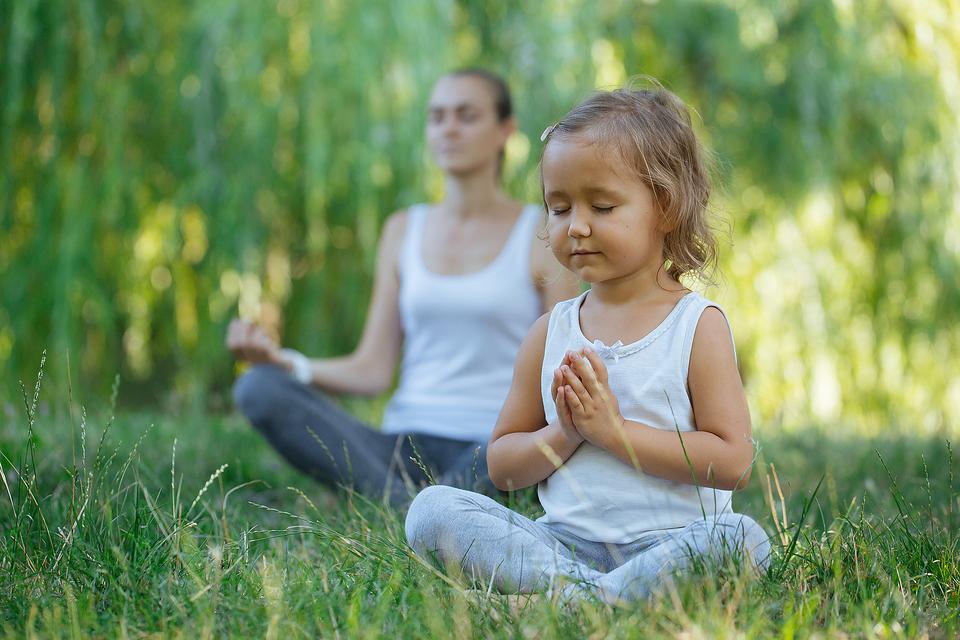How to Meditate with Children: Fun Techniques for Families
Introducing meditation to children can be a wonderful way to nurture their emotional wellbeing, improve focus, and reduce stress in a playful and accessible way. However, meditating with kids is not about strict routines or long silent sessions; it’s about making the experience fun, engaging, and age-appropriate. Families that meditate together often find deeper connections, improved communication, and a shared tool for managing everyday challenges. In this post, we’ll explore effective and enjoyable meditation techniques designed specifically for children and their families, helping you create mindful moments that everyone can look forward to.

Why Meditate with Children?
Children today face pressures from school, social situations, screen time, and fast-paced environments just like adults. Meditation helps kids:
- Develop emotional regulation and patience.
- Improve concentration and creativity.
- Manage anxiety, frustration, or restlessness.
- Build habits that promote lifelong mental health.
When parents or caregivers meditate alongside children, it models healthy coping strategies and fosters a calm household atmosphere.
Tips for Meditating with Kids
Before diving into techniques, keep these points in mind:
- Keep sessions short: Young children have limited attention spans. Start with 1-5 minutes and gradually increase.
- Use simple language: Explain meditation in ways kids can understand, like “listening to your breath” or “being still like a statue.”
- Make it playful: Use imagination, stories, or games to hold interest.
- Be flexible: Some days kids may want to meditate longer or skip altogether. Follow their cues without pressure.
- Create a cozy space: A quiet corner with cushions, blankets, or soft lighting invites relaxation.
Fun Meditation Techniques for Families
- Bubble Breathing
This exercise helps children focus on slow, deep breaths using a playful visualization.
- Sit comfortably and imagine holding a bubble wand.
- Take a deep breath in through your nose.
- Slowly blow out through your mouth as if you’re gently blowing bubbles.
- Watch the “bubbles” float away as you breathe out.
- Repeat for a few breaths, noticing how your body feels calmer.
- Animal Pose Meditation
Combining gentle movement and stillness, this technique taps into children’s love for animals.
- Invite your child to choose an animal they like.
- Guide them to move like that animal for a few moments — maybe a slow elephant stomp or a stretching cat.
- Then, ask them to freeze in a “statue” pose of that animal and breathe quietly for 10-20 seconds.
- Repeat with different animals, encouraging imagination and body awareness.
- Mindful Listening
This practice sharpens attention by focusing on sounds around.
- Sit quietly and close your eyes.
- Ask children to listen carefully and name the sounds they hear—birds, wind, clock ticking.
- After 1-2 minutes, invite them to share what they noticed.
- This builds concentration and grounding in the present moment.
- Gratitude Tree
A creative way to focus on positive feelings and build mindfulness.
- Draw or create a tree on paper or a board.
- Each family member thinks of something they’re grateful for.
- Write or draw the gratitude on “leaves” and attach them to the tree.
- Spend a moment silently appreciating the gratitude leaves before ending the session.
- Guided Imagery
Use short, calming stories to lead children through relaxing scenes.
- Find a quiet space and ask kids to sit or lie down comfortably.
- Describe a peaceful place like a beach, forest, or garden.
- Encourage them to imagine the colors, sounds, smells, and feelings there.
- Pause occasionally for deep breaths and remind them to relax.
- Keep sessions brief and inviting, using a soft, calm voice.
Making Meditation a Family Habit
- Set a routine: Try meditating at the same time daily, such as before bedtime or after school.
- Use reminders: Visual cues like a meditation bell, special candle, or yoga mat can signal “meditation time.”
- Celebrate progress: Praise kids for their participation, no matter how small.
- Meditate together: Join in the practice to model mindfulness and share the experience.
- Combine with other activities: Use meditation as a warm-up or cool-down for yoga, stretching, or storytelling.
Benefits Beyond Meditation
Meditating as a family fosters stronger relationships through shared calm and communication. Children learn to recognize and express their emotions better, develop empathy, and build resilience to life’s ups and downs. Parents also gain valuable tools for stress management and patience, creating a healthier home environment for everyone.
Final Thoughts
Meditation with children doesn’t have to be complicated or serious—it should be a joyful, creative, and bonding experience. By incorporating playful techniques tailored to kids’ developmental levels, families can cultivate mindfulness together and build habits that support mental and emotional health for a lifetime. Start small, keep it fun, and enjoy the peaceful moments you create side by side.
Recent Posts:
- Kidney Stones 101: Causes, Symptoms, and Treatment Options
- 10 Incredible Health Benefits of Jamun (Indian Blackberry)
- Collagen 101: What It Is and Why Your Skin Loves It
- The Role of Breathwork in Meditation: Techniques to Enhance Your Practice
- How Your Body Makes Vitamin D from Sunlight: A Step-by-Step Guide